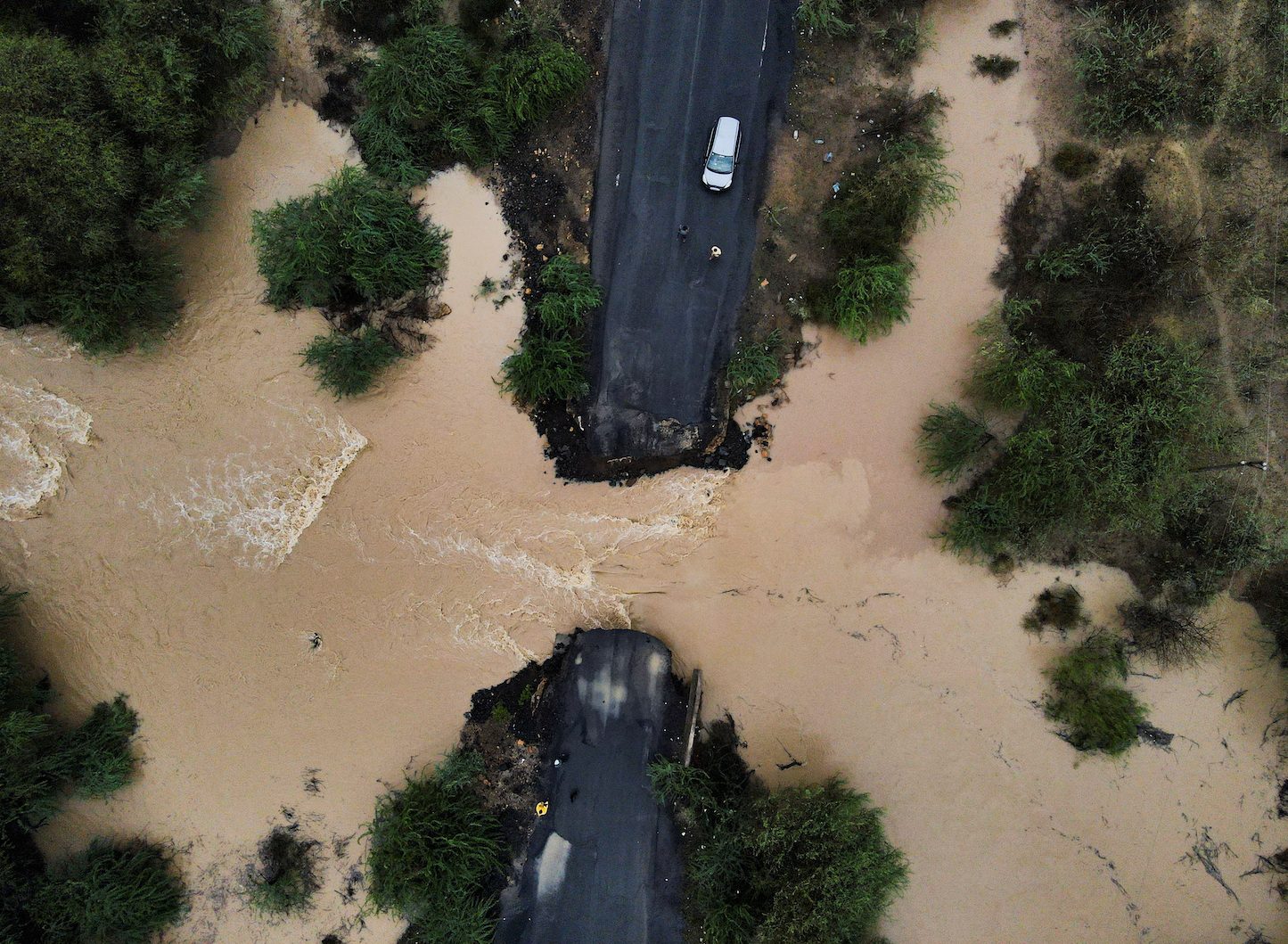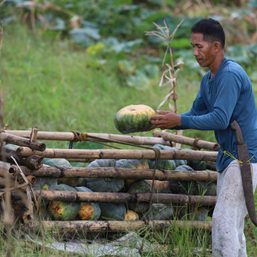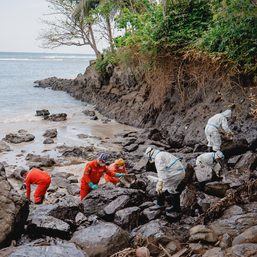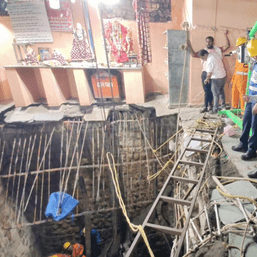
AHMEDABAD, India – Early warnings, accurate identification of vulnerable areas and timely evacuations helped India to avert major casualties from cyclone Biparjoy, which battered the west coast near Pakistan late on Thursday, June 15, authorities said.
Biparjoy, which means “calamity” in Bengali, hit the state of Gujarat with speeds of up to 125 km per hour (78 mph), blowing roofs off houses and uprooting trees and electricity poles.
Yet the only deaths recorded were those of two shepherds who died while trying to prevent their cattle from being swept away hours before the cyclone made landfall.
In 1998, a major storm in Gujarat killed about 4,000 people, according to local media, while in 2021, close to 100 people died in an ‘extremely severe cyclone’ named Tauktae.
“Early identification of areas that were likely to be impacted by the cyclone and timely evacuation of people living within 10 km of the coasts are the biggest reasons” for low casualties, said Kamal Dayani, a senior Gujarat official.
“Our focus from the beginning was on preventing loss of lives, not just human lives but even animals.”
More than 100,000 people were evacuated from eight coastal districts and moved to shelters in school auditoriums and other government buildings a day before the cyclone struck.
Authorities also suspended fishing, shut schools and closed beaches. Many offshore oil installations and major ports suspended operations days earlier.
In addition, 30 teams of national and state disaster responders were deployed.
“We overprepared,” said Atul Karwal, chief of the National Disaster Response Force.
The storm hitting the sparsely populated parts of the desert district of Kutch also helped, Dayani said.
While the death toll was low, more than 5,100 electricity poles were toppled disrupting power supply to over 4,600 villages.
“We will study what we have done right and also identify the areas we can do better in the future,” Dayani said. – Rappler.com
![[ANALYSIS] June 15’s magnitude 6.3 deep-focus Calatagan earthquake](jpg/tl-calatagan-earthquake1407.jpg)

![[ANALYSIS] Stress triggering in recent Philippine earthquakes](jpg/20230218-stress-triggering-earthquakes80c3.jpg)








There are no comments yet. Add your comment to start the conversation.